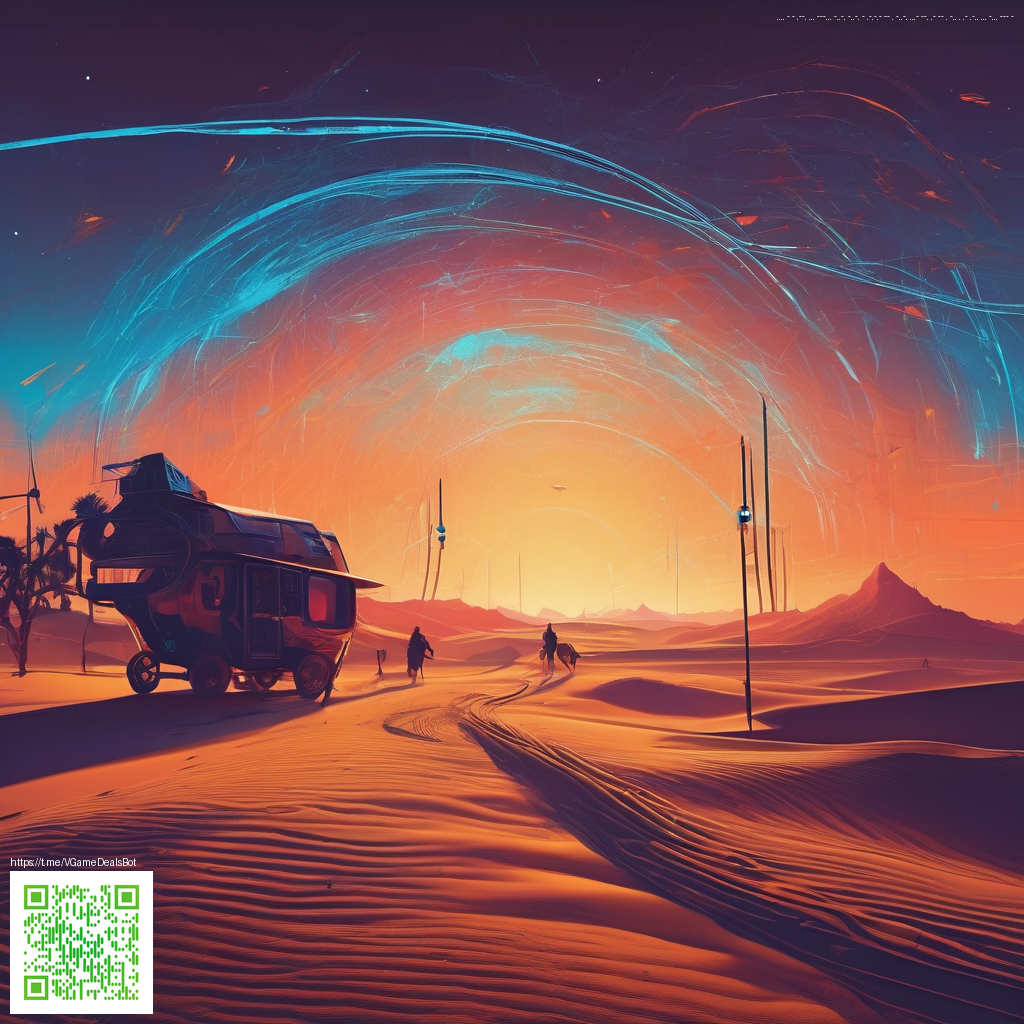
E-Commerce Trends Shaping the Future of Shopping
The next decade will redefine how customers discover, compare, and purchase products. As technology evolves and expectations shift, retailers must anticipate patterns rather than chase yesterday’s playbook. From AI-powered personalization to sustainable logistics, the future of e-commerce is less about storefronts and more about seamless, intelligent service. This article surveys the forces shaping shopping experiences and offers concrete ideas to stay ahead in a rapidly changing landscape.
Hyper-Personalization and AI-driven Discovery
Personalization today goes far beyond addressing a customer by name. Real advances come from real-time, on-site experiences that anticipate needs. Generative AI can craft product descriptions, power intelligent chat assistants, and tailor search results as context shifts—season, location, past behavior, and current intent all inform what a shopper sees next. Dynamic pricing, restock alerts, and content that adapts to mood and momentum are becoming table stakes for competitive brands.
Brands that balance on-device personalization with strict privacy controls will earn lasting trust. A customer who visits from a phone at lunch should feel continuity when they switch to a desktop at home, not a fragmented encounter.
Social, Live, and Visual Commerce
Social platforms are evolving into full-fledged shopping ecosystems. Shoppable videos, live streams, and influencer partnerships turn product discovery into interactive experiences. Seamless in-app checkout reduces friction, while user-generated content provides authentic validation from real customers. For many brands, the path from awareness to purchase now includes a social touchpoint at every stage.
Immersive and Experiential Shopping
Augmented reality and 3D product visualization help buyers inspect details before clicking “buy,” lowering return rates and boosting confidence. With digital twins of products and storefronts, customers can assess scale, color, and fit in their own environment. This shift isn’t about gimmicks; it’s a fundamental change in how products are evaluated online.
Fulfillment, Delivery, and Sustainability
Delivery networks are moving closer to customers, supported by micro-fulfillment centers, robotic sorting, and smarter routing. Consumers increasingly expect transparent shipping options, real-time tracking, and easy returns. Environmental considerations aren’t an afterthought; brands that quantify carbon impact and offer greener packaging earn trust and loyalty.
- Urban micro-fulfillment centers colocated with key markets to speed delivery
- Last-mile optimization through advanced route planning and crowdshipping
- Sustainable packaging and transparent carbon accounting
Payments, Trust, and Privacy
New payment methods—from buy-now, pay-later (BNPL) to real-time wallets—reduce friction, but must be balanced with consumer protection. Privacy-preserving personalization technologies and on-device AI are gaining ground, delivering tailored experiences without exposing raw data. Clear consent, robust data governance, and transparent usage policies become differentiators rather than mere boxes to check.
Data, Regulation, and the Consumer Experience
As data grows in volume and velocity, so does scrutiny. Brands will need strong governance, explainable AI, and transparent data practices. The most successful operators fuse personalization with opt-in consent and provide tangible value in exchange for data, turning privacy into a competitive advantage rather than a hurdle.
“The future of shopping is less about the checkout and more about the entire journey—curated, convenient, and trusted.”
In practice, this means designing end-to-end experiences that feel cohesive across channels, innovating responsibly, and listening to what customers truly value: speed, clarity, and the reassurance that online shopping can be as satisfying as shopping in person.